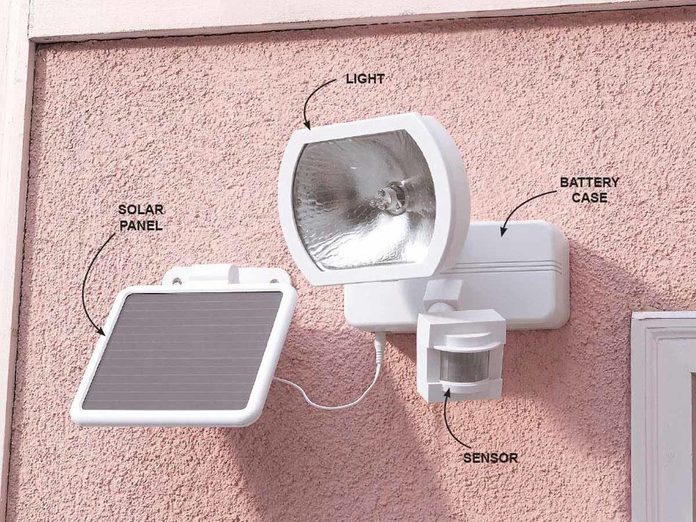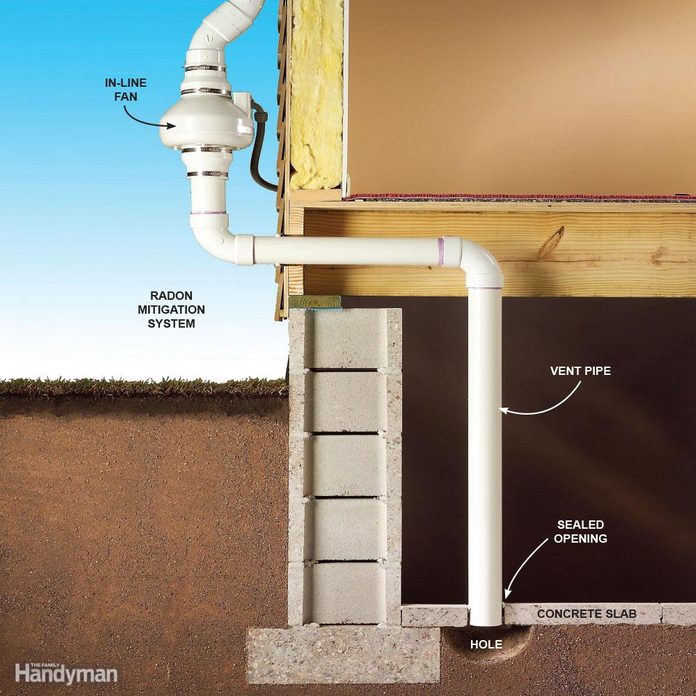
Family Handyman
Put Up Motion Detector Lighting
Motion-activated lights are an effective way to discourage criminal activity, and basic wired versions can be found for as little as \$15. If wiring poses a challenge, consider solar-powered options, though they typically come at a higher price. For even greater protection, complement your lighting with a comprehensive home security system.

Removing Radon, the Silent Killer
Radon is a radioactive gas that seeps through gaps in the soil and can enter homes through cracks in the foundation or concrete slab. Long-term exposure to high radon levels significantly increases the risk of lung cancer—it’s the second leading cause after smoking and is responsible for an estimated 21,000 deaths annually in the U.S. Because radon has no color, smell, or taste, it’s often referred to as “the silent killer.”
Even if a nearby home has high radon levels, yours may not—radon concentration varies from house to house, regardless of age or construction. Affordable test kits, typically around \$10, are sold at hardware and home improvement stores. These kits usually require placing a detector in the lowest livable space of your home for several days, then sending it to a lab for analysis. Results are generally returned within a week. For instance, Pro-Lab sells a kit for \$40, which includes lab fees and a prepaid return envelope.
If two separate tests show elevated radon levels, it’s wise to contact a certified radon mitigation contractor—your state health department can provide a list. These professionals can accurately assess your home’s radon levels and install a mitigation system. The most reliable method involves a vent pipe placed in a sump pit or a hole beneath the slab, which channels radon gas up and out through the roof or side of the house. An in-line fan, located either in the attic or outside, pulls the gas through the pipe, while any foundation cracks are sealed to prevent entry. Installation typically costs up to \$2,000.